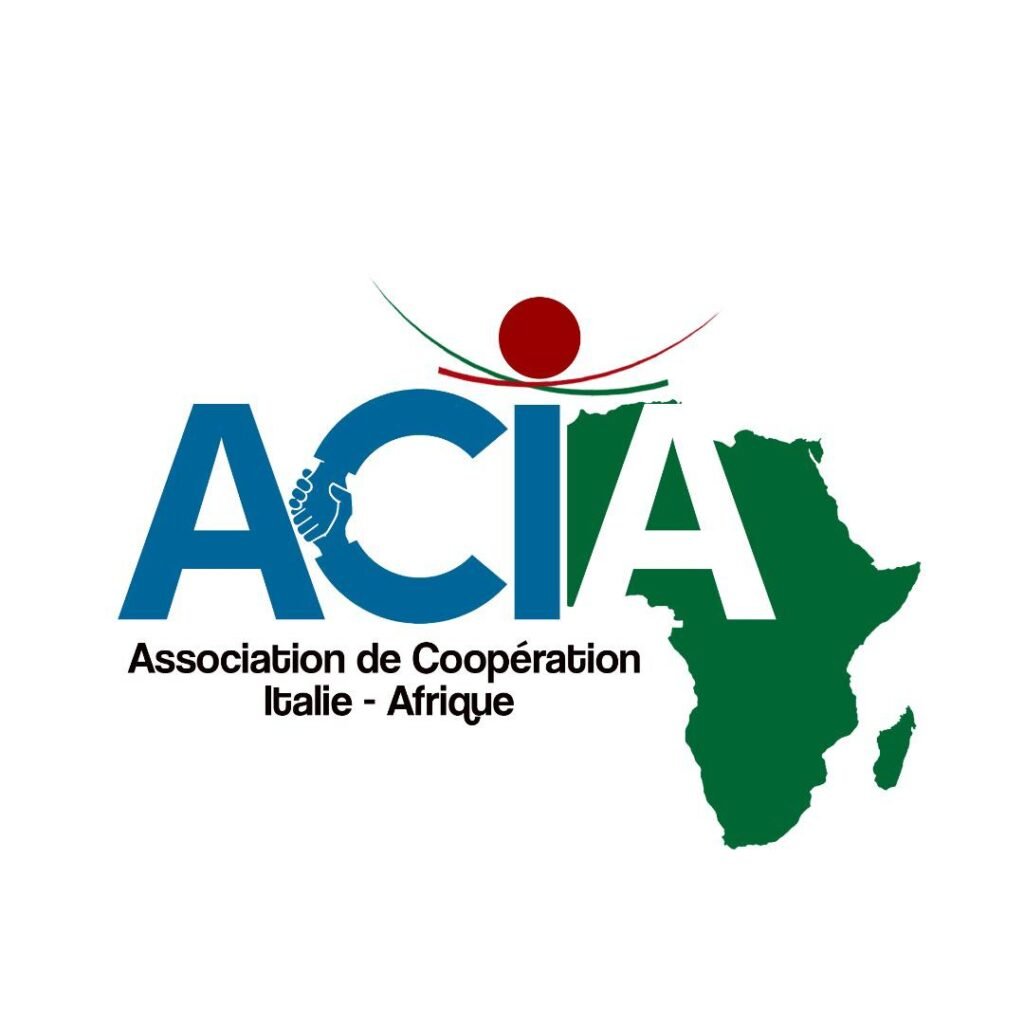The external environment comes into play in at least three different ways:
- competitive environment;
- environmental dynamics;
- local context
The external environment comes into play in at least three different ways:
- competitive environment;
- environmental dynamics;
- local context
Competitive environment
The competitive conditions of an industry are the result of a series of pressures or forces that can be traced to five areas (Porter's model of the 5 competitive forces).
- Competitive pressures induced by the nature of the competition (number of companies producing the same product or service, level of differentiation of supply, ratio of fixed costs to variable costs, etc.).
- Competitive pressures associated with the threat of new entrants (pressures will be contained if there are high barriers to entrysuch as: economies of scale, learning economies, high level of differentiation, complementary resources - distribution channels, production - important and scarce, etc.).
- Competitive pressures arising from the attempt of operators in other sectors to attract buyers with substitute products.
- Competitive pressures generated by the bargaining power of suppliers and collaboration between suppliers and vendors.
- Competitive pressures generated by the bargaining power of customers and the collaboration between them and the vendors.

Environmental dynamics
We focus on four environmental dynamics:
- Policy/regulatory dynamics and incentives
Regulatory and institutional changes, laws, state incentives, policies for the valorisation of research results, policies for the attractiveness of territories, policies for financing and access to credit, etc. - Technological dynamics
Changes in technologies (Industry 4.0, Artificial Intelligence, Big data, digitisation, quantum computing, etc.). - Social and demographic dynamics
Changes in society, customs, ways of life. One example is the Sharing economy or even by the Gig economy (the 'gig' economy, which sees flexible freelance work as an alternative to stable employment), new social and digital platform-related professions; an ageing population; social, environmental, sustainable innovation, the circular economy, etc. - Economic Dynamics
Changes in the economic situation: global economic trends, recession, inflation, employment, etc.
The local context
The local context can offer threats and opportunities. Why does innovation flourish in some places while in others it fails to emerge? Can ecosystems be built or do they arise spontaneously? What are the key players and factors in an entrepreneurial ecosystem that enable the development of successful start-ups and attract new human, financial and social capital?
An ecosystem is a collection of interconnected entrepreneurial actors, business organisations, universities, public sector agencies, large and small enterprises, financial institutions, etc.
A ecosystem rich favours the innovation success. Successful innovative ecosystems are represented by the Israeli context, the Berlin context, London, Silicon Valley. They have different characteristics. There is no recipe for the ideal ecosystem that works for everyone. The ecosystem that works is also the result of the history, tradition and values of an area.
It is wrong to look at international ecosystems that work and try to copy them. Rather, it is important to understand their successful elements and ingredients and try to create new ones while respecting the specificities of territories and their enterprises.
A tool for analysing the environment - PESTEL
The analysis PESTEL (an acronym made up of the initials of the terms that define the fundamental areas of investigation: Political, Economic, Social, Technological, Legal and Environmental) is a methodology that is based on certain factors of the external context that are able to sketch the existing scenario of the environment in which a company operates.
The analysis aims to identify which of the factors may be relevant in the organisation's decision-making, strategic and operational choices.






